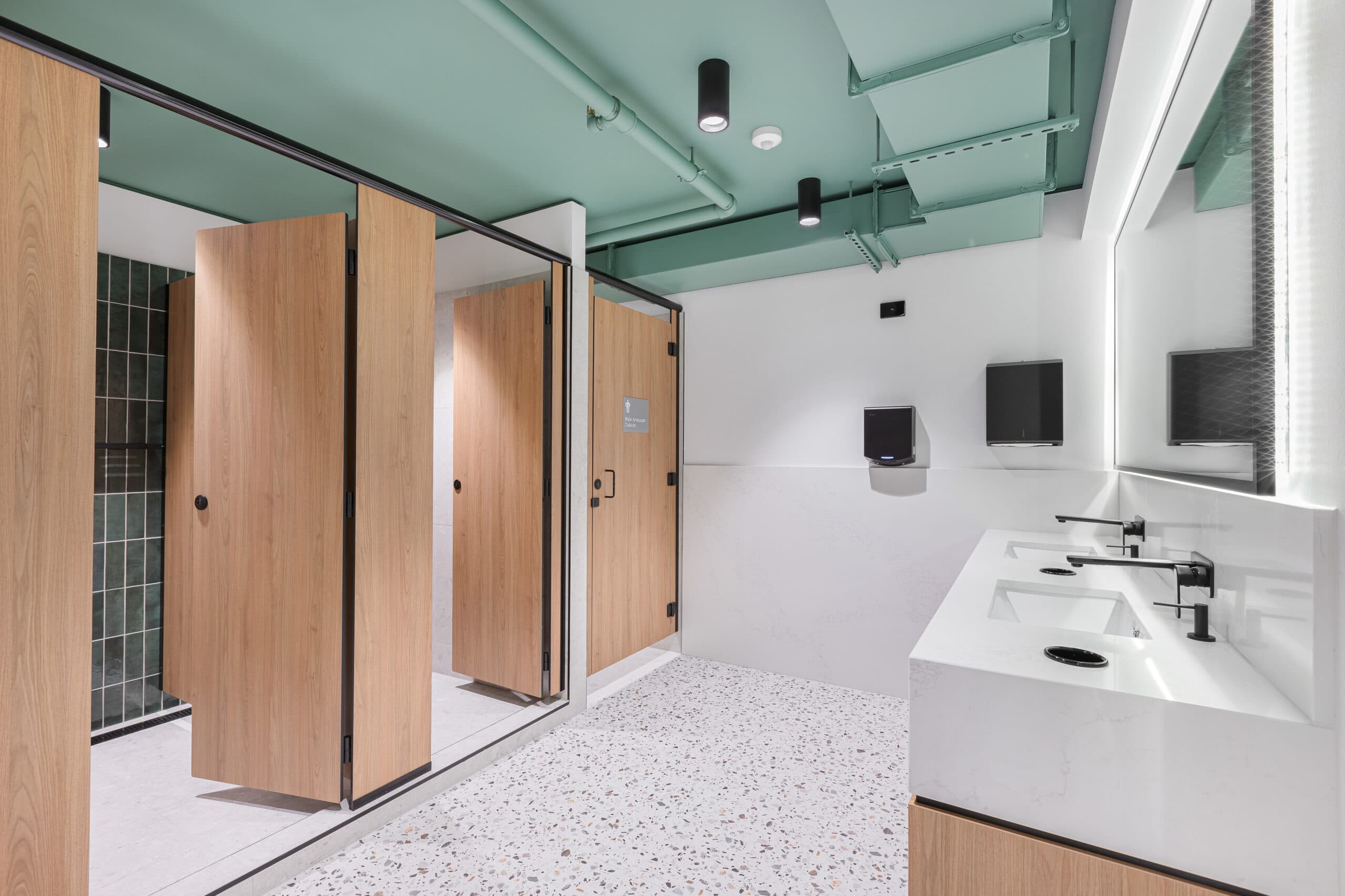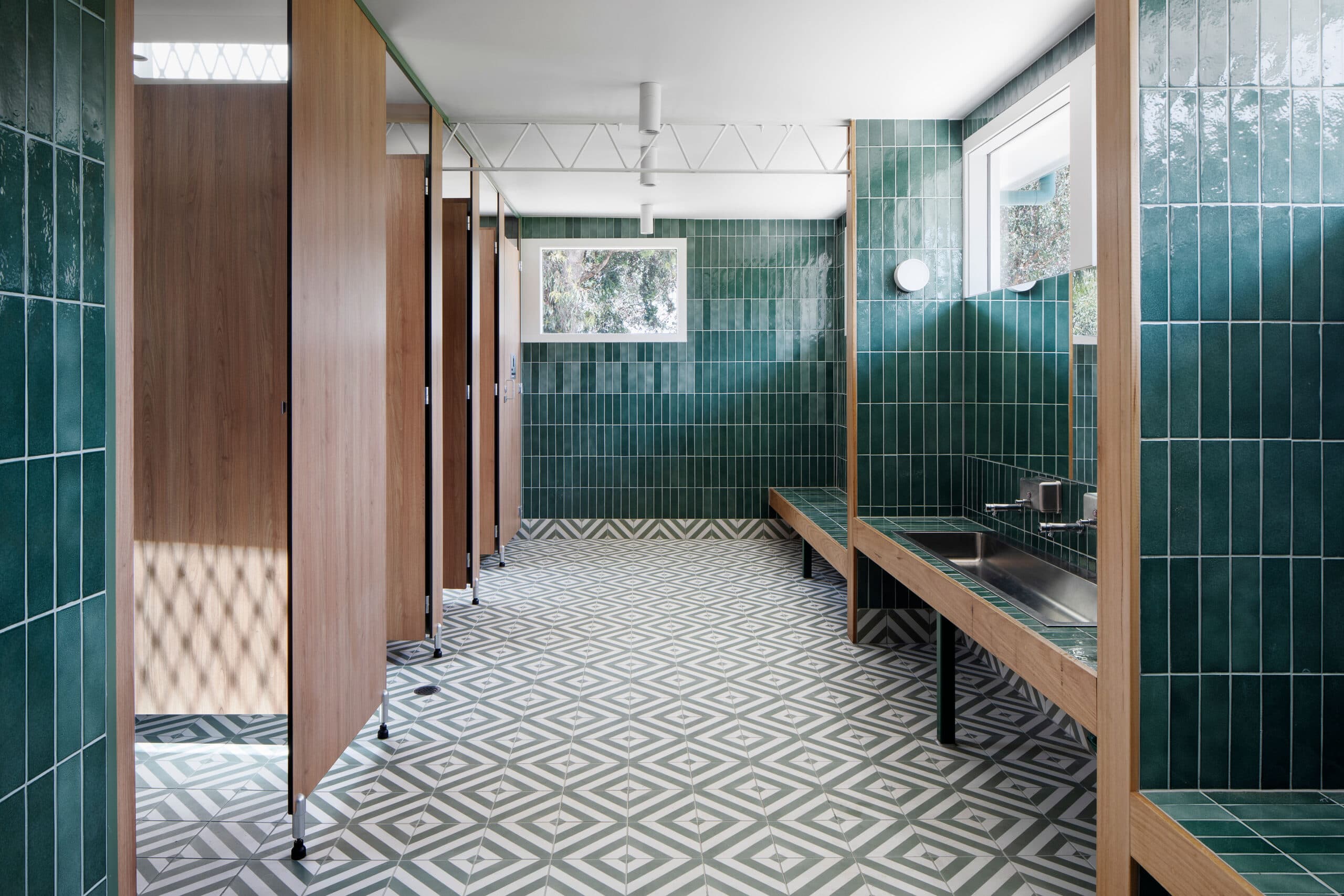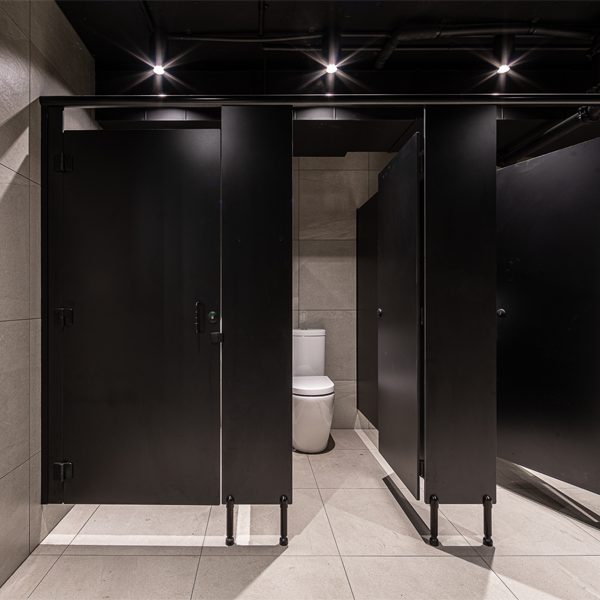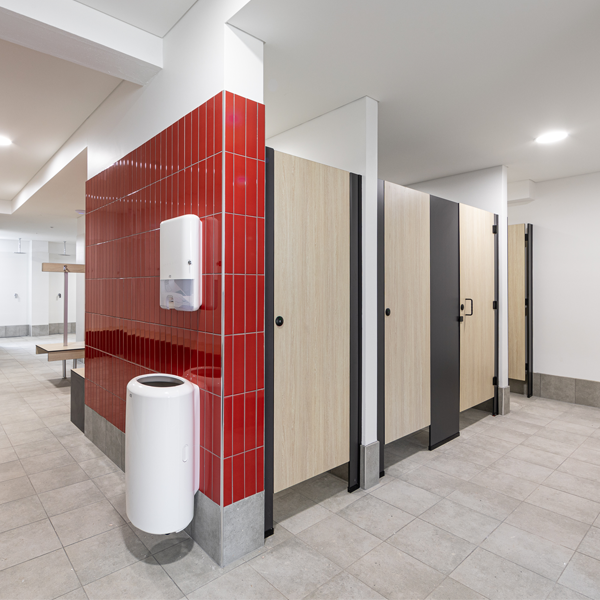The Construction Industry has always proven itself to be a very important contributor to the growth of our nation’s economy. The Construction Industry generates over $360 billion in revenue, producing around 9% of Australia’s Gross Domestic Product, and has a projected annual growth rate of 2.4% in the next five years. In 2020, employment reached just under 1,180,000 and is projected to exceed 1,282,000 by 2024 (https://nationalindustryinsights.aisc.net.au/industries/construction).
The Construction Industry is currently still following out-dated, craft-based, highly labour-intensive principles. This archaic methodology results in project budget & timeline blowouts and dissatisfactory consequences with respect to quality, OH & S and environmental impact. Almost every other industry currently is being advanced with automation and modern, intelligent methodology to further efficiency & productivity.
With increasing pressure on labour costs throughout projects, Builders and Construction companies today rely heavily on the suppliers & contractors that can assist them with executing their construction projects safely, efficiently & defect free. The best suppliers & contractors must be continuously evolving and be incredibly efficient and reliable to be able to ensure that they are not creating additional cost & timeline pressure on Project & Site Managers. As the industry is very labour intensive, there are significant savings to be made through intelligent Process Engineering.
Modular Construction, also known as Prefabricated Construction, is a perfect example of the way Lean Manufacturing principles have found their way into the Construction Industry.
Modular Construction, also known as Prefabricated Construction, is a perfect example of the way Lean Manufacturing principles have found their way into the Construction Industry.
What is Prefabricated Construction?
“Prefabricated Construction” or “Modular Construction” is the practice of assembling a variety of pre-made components of a structure at a manufacturing site and then transporting those sub-assemblies to the location of the construction site.
Prefabricated construction is quickly becoming entrenched in the industry in Australia but throughout the world, it has been the norm for a long time. In some Scandanavian countries, it dominates around 70 percent of the residential housing market.
The below benefits have been attributed to Prefabricated Construction;
- Construction time up to 60% faster:
Prefabricated construction takes significantly less time to build than traditional onsite construction. This means that the overall construction time is remarkably accelerated. With the use of Prefabricated hardware, construction time can be quickened by almost 60% giving huge time leverage to the project for the builders. This is because the prefabricated hardware is available in a ready-to-install condition from the factory. Also, there is better upfront planning and onsite weather factors have no impact on the prefabricated hardware. Hence, faster construction time allows builders to take on multiple projects at once, allowing businesses to grow instead of putting all their focus and resources on one or a few projects at a time.
- Building life-cycle costs reduced by almost 50%:
Since Prefabricated hardware comes with industrial-grade quality assurance and due to their higher durability factor, they need nominal upkeep and preservation. Hence, there is a huge reduction in the maintenance cost of a building made with prefabricated hardware. The building’s life cycle costs are reduced by almost 50%, allowing the builders to make their clients more happy and satisfied regarding their construction project. They are able to guarantee to their clients that their buildings will last longer and will have minimal maintenance throughout the life-cycle of the building.
- Up to 100% of components can be reused:
Prefabricated hardware allows for the flexibility of assembling and disassembling of its individual components used in construction, due to which 100% of the prefabricated components can be reused, when shifting location or starting a new construction all together. The synchronized fitments of prefabricated modules can be easily dismantled and then transported to a new location where they can be easily reassembled and fabricated together to form a structure. The faster assembly of the components is the result of highly durable ready to install fabricated hardware that is made available from the manufacturing factory. Thus, it saves a lot of time for the builders as prefabricated components can be quickly and easily reassembled at the new construction site or a shifted location.
- 80% of construction waste can be recycled:
Prefabricated hardware or individual modules are produced in factory settings, which allows better control over inventories. The leftover materials are recycled for future projects, reducing the construction waste that ends up in landfills. In conventional buildings, renovations produce a large amount of waste that is difficult to reuse or recycle. The same construction waste would’ve to be dealt with and disposed of if traditional construction methods were used instead of prefabricated hardware.
Prefabricated hardware allows for up to 80% recycling of the waste materials that can be reused again at the factory for manufacturing new modules. The use of Prefabricated hardware not only helps to reduce wastes at the construction site but also allows for better waste control as compared to the traditional method of construction. This greatly impacts the overall time needed to complete the project, thereby reducing the total onsite construction time.
- Almost 50% reduction in greenhouse gas emissions:
The use of Prefabricated hardware promotes eco-friendly construction. As the individual modules are prefabricated at offsite factories, hence it allows for a much better pollution controlled environment. The factories have to follow pollution-limit industrial benchmarks, which leads to a reduction of greenhouse gas emissions by almost 50%. On the other hand, in an open onsite construction site, such a controlled environment cannot be created due to the limitation of pre-planned construction techniques.
- Up to 70% reduction in logistic, labour costs, and site services:
Using prefabricated hardware allows for the reduction in logistics by up to 70% at a construction site. Without ready-made prefabricated modular hardware, a builder company would have to invest in logistics of various construction raw materials needed to complete the building site such as cement, steel TMT bars, wood, etc. However, prefabricated construction takes care of all such things together as it uses prefabricated hardware to assemble the finished precast structure (e.g. a modular Washroom System) at the construction site. Hence, only minimal logistics are needed to transport the finished products from the manufacturing site to the construction site.
Rendering the services of an offsite construction factory outlet also relieves the builder company to reduce its overall manpower requirements and labour costs. The burden of heavy manpower requirements by traditional methods of construction is reduced by almost 70% by the application of prefabricated construction methods. The labour services that otherwise would have to be procured on-site by the builder for various construction processes such as cementing, woodworks, marble cutting, levelling, plyboard polishing, etc. are taken care of by the prefabrication hardware manufacturing factories.
- Massive reduction in risk of inclement weather hampering progress on-site:
Prefabricated construction ensures that the project on-site does not get hampered or delayed by any weather-related problems. Prefabricated modules are manufactured inside a controlled environment at off-site factories thereby nullifying the effect of any adverse onsite climate conditions. Prefabricated hardware also provides for better climate defence. Prefabricated hardware is prepared at factory sites with inbuilt features of better climate adaptability and anti-corrosion defensive traits. Hence, they are specially made to withstand harsh weather conditions, thus reducing the risk of inclement weather hampering progress on-site.
Introducing Cubispec’s Prefabricated Construction System
Through the constant innovation of our products, processes & systems we endeavour to be the 1st choice for Builders seeking a reliable supplier for washroom systems. Here at CUBISPEC we are continuously improving & adapting our processes to ensure we are LEAN, efficient and productive and are able to offer our clients the highest quality products at the required price point.
One such improvement is our recent implementation of Pre-fitted Hardware. By using the process of Offsite Construction, we now fit all Door Hardware in our factory which has proved massive benefits for our clients. We not only save time by accelerating project timelines for our builders but also yield significant cost savings for them.
Let’s dive deeper into how Cubispec’s Prefabricated Hardware helps in reducing Onsite Construction Time:
Lead Time – The Offsite Construction process takes place in the factory, in coordination with the other manufacturing processes, drastically reducing Work In Progress and wait times in the overall project timeline.
OH & S – Despite the massive steps taken in the industry, Construction is still one of the most hazardous industries to work in. Safety is far easier to control in an organised factory than in a building site. Pre Fitting of our Hardware is done on purpose-built, ergonomic workbenches rather than temporary platforms set up on site. Hence, “Occupational Health and Safety” concerns are taken care of by using prefabricated hardware at construction sites.
Sustainability – Once again, being a far more controlled environment than a construction site, a factory allows better management of raw material waste and reduction of the environmental impact of construction.
Quality – A production line style process with supervision from management ensures that quality checks are “built-in” to every process to ensure the products are defect-free. This minimises the need for “rework” on site.
Cleanliness – With hugely minimised processing of product on the building site, there is very little mess created during installation which in turn creates a safer environment for all other trades.
Value – Reduced building site overheads (site supervision, etc) due to minimal time spent on site by the installers.
Reliability – With the Toilet & Shower Partition installation often being one of the very last milestones to complete prior to handover, there is far less stress on Project & Site Managers with reduced time on site at such a critical stage in the project.
Skills – With a current shortage of skilled trade labour, the Prefabricated Construction production line can be organised to employ less skilled labour, working under supervision by senior management rather than utilising highly skilled tradespeople to do menial tasks such as fitting Door Hinges, Locks, Bumpers & Coat Hooks.
Further reading on the Prefabrication Construction phenomenon.






